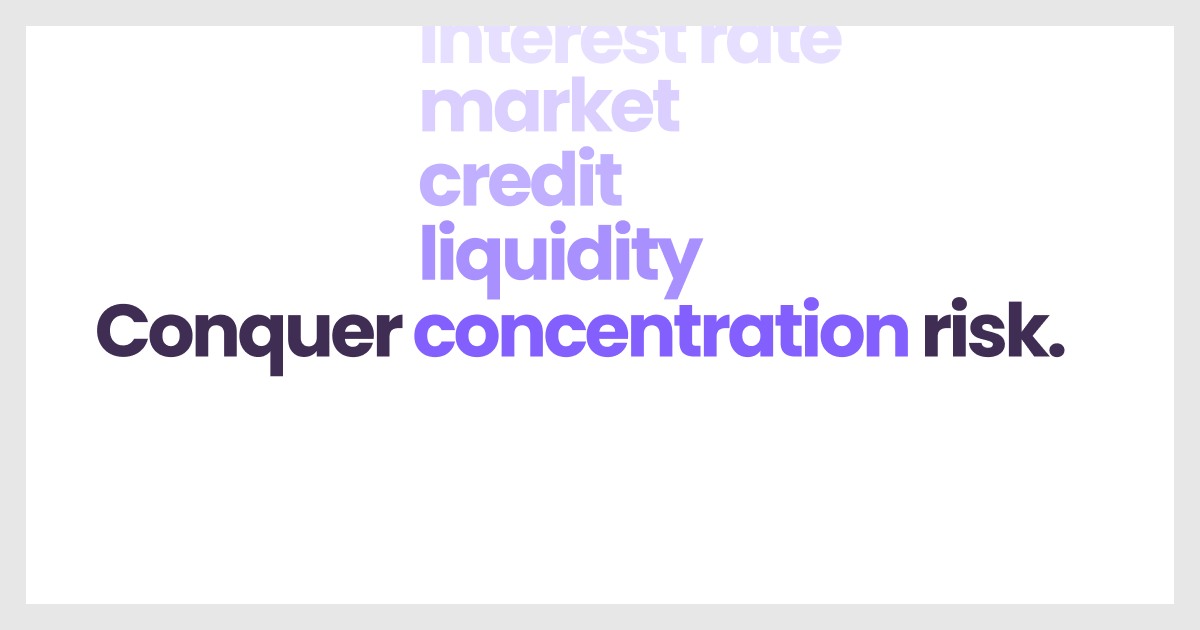Real-Time Syndication Connects CFIs with their Communities

Most executives running community financial institutions want to provide good rates, great service, and support their communities. Mission statements, planning sessions, and balanced scorecards drive the focus of CEOs, SVPs, EVPs and other bank executives. But, oftentimes our plans get derailed quickly because of large macroeconomic changes.
A few times in a career, loans, deposits, and customer acquisition flow nicely together in a balanced way. The result is solid profit growth, improved capital and net worth, and an easy annual bonus.
Unfortunately, most of the time that pretty picture doesn’t play out. Instead, community financial institutions don’t always control their own destinies, especially in the dynamically changing macroeconomic and geopolitical environment we operate in. Agility, or the ability to rapidly adapt to ever changing environments, becomes an increasingly mandatory strategic objective for most.
Banks, credit unions, board members, and regulators all use ratios to try to keep the basic economics of financial institutions functioning. Some of these include:
- Net Interest Margin
- Loan to Asset Ratios
- Return on Asset Ratios
- Return on Equity Ratio
- Risk-Adjusted Return on Capital
- Efficiency Ratio
- Loans to Deposit Ratios
- Yield on Loans
Ratios have a great way of simplifying trends or relationships between things. They can show key insights, prevent future demise, and drive behavior in good and bad ways.
The problem is that many of these ratios give the illusion of control as these are fundamentally reactive—they are an illustration of the past rather than a projection of the future.
One of the challenges with running banks is that public policy makers, the government, regulators, the treasury department, the stock market, and many other macroeconomic factors can impact ratios faster than any management effort.
Banks and credit unions use policies like Asset Liability Management (ALM), portfolio caps, concentration risk limits, and other tools to reduce risk, protect ratios, and increase the likelihood of preserving capital and sustainability.
Consequently, many strategic plans have gone out the window because a macroeconomic trend trickles down to community financial institutions and suddenly causes liquidity challenges, collections issues, and occasional bank failures.
Large banks have lots of options that smaller community financial institutions simply don’t. Those options enable them to remain big and get bigger by staying focused on their long-term strategic plans. They also allow them to ride out economic storms in ways their smaller brethren can’t. Every economic turn makes bigger banks bigger while the width of community institutions shrinks.
To stay relevant in this environment, one of the tools that most community financial institutions can leverage in addressing credit risk is loan syndication. Syndicates and syndication allow banks to split up loans into smaller parts. This process enables them to be part of higher yield loans with less risk. This solution has worked for years. It helps smaller and larger organizations make loans they wouldn’t normally make—larger and longer term.
Want to learn more? Book an Appointment here
Quilo has taken these concepts and built a real-time syndication network specifically for community financial institutions for loans as small as $1,000. By using a real-time loan syndication platform, community financial institutions can do two things:
First, they can originate loans for their customers and, in real-time, split off pieces to other financial institutions, or participate a significant portion of the principal out. This enables them to say “yes” to more customers with less risk. They can stay under key ratios, portfolio, and risk limits.
Simultaneously, other banks can increase yield and shift their portfolio risk by being part of the syndicate and buying part of the loans. This approach also significantly reduces credit concentration risk, one of the key risk factors for smaller community financial institutions.
Second, the platform provides additional loan flow from other lending market participants like fintechs, vertical brokers, and aggregators. This enables community financial institutions to deploy excess deposit cash outside of their immediate reach. Quilo offers this in an efficient, low touch, fully digital manner.
Consequently, community financial institutions can partner together using the Quilo platform to both offer more affordable access to credit in their local communities and deploy their capital more efficiently and with less risk. This platform creates the ability to distribute risk, loans and yields between community financial institutions. One added perk—it’s 100% digital, so the unit economics are similar to the big banks. Quilo levels the playing field and allows for community financial institutions to stay part of their communities.

